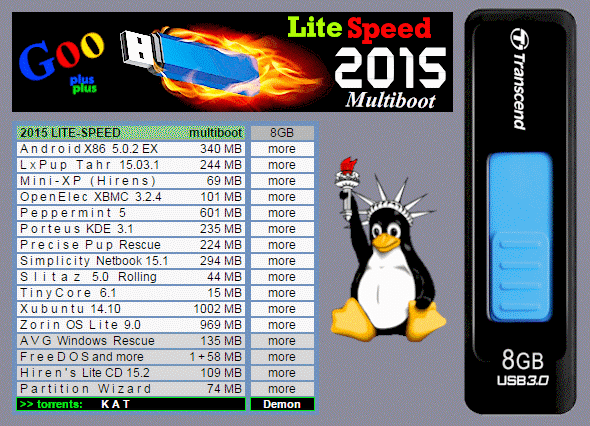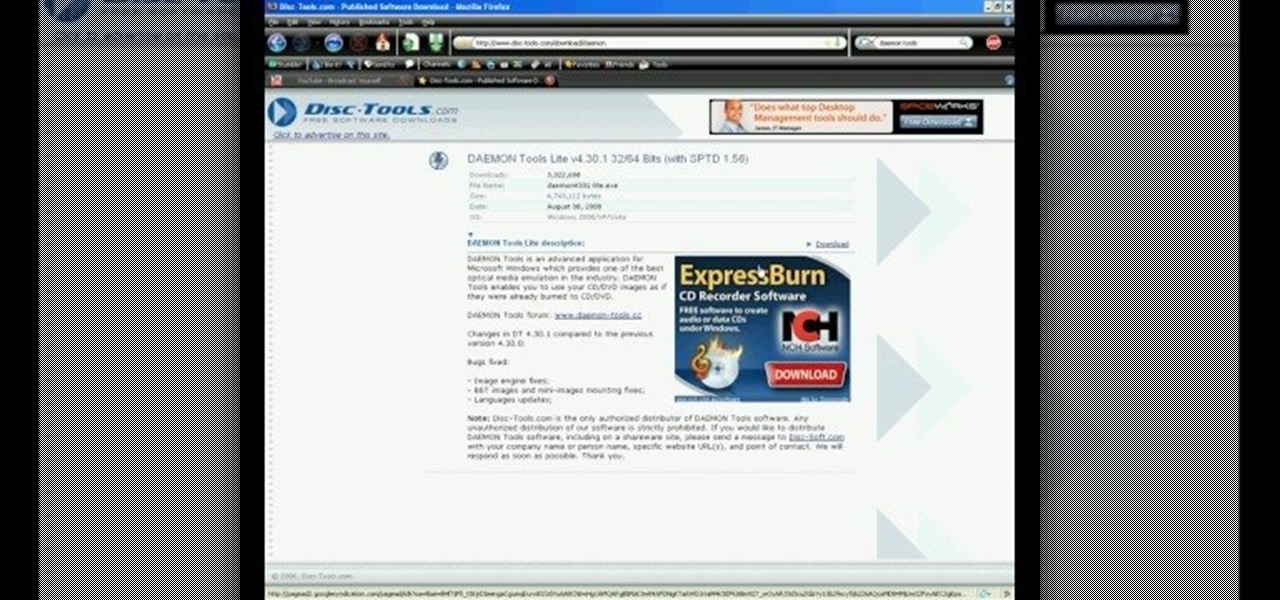

Yum install -y qemu-kvm qemu-img virt-manager libvirt libvirt-python libvirt-client virt-install virt-viewer bridge-utils libvirt-daemon-kvmĬurl -Lo minikube & chmod +x minikube & cp minikube /usr/local/bin/ & rm -f minikube In this case it will be installed under the KVM hypervisor.Īs root, enter the following commands to install KVM and Minikube: Minikube is a self-contained Kubernetes cluster that can run locally under a hypervisor. The kubectl utility provides a command-line client for this REST API.Īs root, enter the following commands to add the Kubernetes repository to yum and install:Įcho "source > /etc/bashrc Install KVM and Minikube Kubernetes clusters are managed using a REST API.
#Daemon iso kat download
The docker-compose utility allows some basic automation of a Docker environment.Īs root, enter the following commands to download and install:Ĭurl -L `uname -s`-`uname -m` -o /usr/local/bin/docker-composeĬurl -L -o /etc/bash_completion.d/docker-compose Install Kubernetes command-line client Systemctl start docker Install docker-compose Yum install -y yum-utils device-mapper-persistent-data lvm2 docker-ce
#Daemon iso kat update
This allows updates to be managed by the update manager.Īs root, enter the following commands to install Docker CE and set it to auto-start: This is done by adding the Docker CE repository to yum and then installing. You will now install Docker Community Edition. Yum -y install open-vm-tools unzip net-tools git bash-completion xdg-utils openldap-clients wget Install Docker Community Edition

You can connect with ssh or use the graphical console.Įnter the following commands to install some useful utilities: Ln -sf /lib/systemd/system/graphical.target /etc/systemd/system/default.target Unlink /etc/systemd/system/default.target Yum -y install gnome-classic-session gnome-terminal nautilus-open-terminal control-center dejavu-sans-mono-fonts firefox gedit open-vm-tools-desktop Rather than logging in at the console, you might prefer to connect with ssh so that you can cut and paste from this post. You can choose your own if you like but here are instructions for installing a minimal Gnome Desktop, a file editor, and the Firefox browser. To create a standalone system, install the X Window system, a desktop manager, and a browser.

I created a standard user with username of demouser but you can choose your own name.Īt the end of the installation you will reboot the system and end up at a login prompt.
#Daemon iso kat password

Here are a few notes on the installation: I used the Centos 7 Minimal ISO from the Centos web site. The first step of the setup is to install Centos 7. Enable nested hypervisor support (required for minikube).4 CPUs (2 CPUs is enough without minikube).8GB Memory (4GB is enough without minikube).For my virtual machine I used these settings: Resource Requirementsįor my environment, I used a virtual machine running under VMWare but you could use a different hypervisor or a physical machine. Once you have completed the steps in this post, you’ll be able to use my Access Manager with Docker and Access Manager with Kubernetes cookbooks to explore Access Manager on Docker. If you want to try out IBM Security Access Manager on Docker, but you don’t have a Docker environment, this post provides step-by-step instructions for setting up a Centos 7 Linux machine and then installing Docker Community Edition, docker-compose, minikube (a local Kubernetes cluster), and kubectl (the Kubernetes command-line client). An updated version of this post is available in the IAM Group section of the IBM Security Community.


 0 kommentar(er)
0 kommentar(er)
